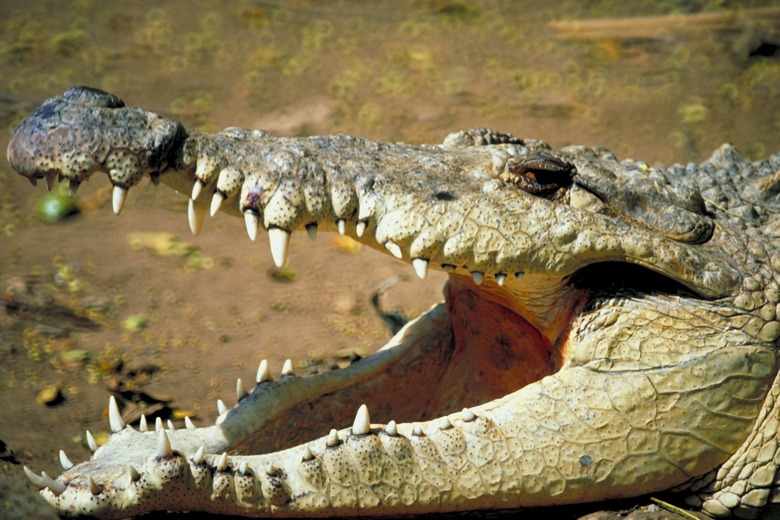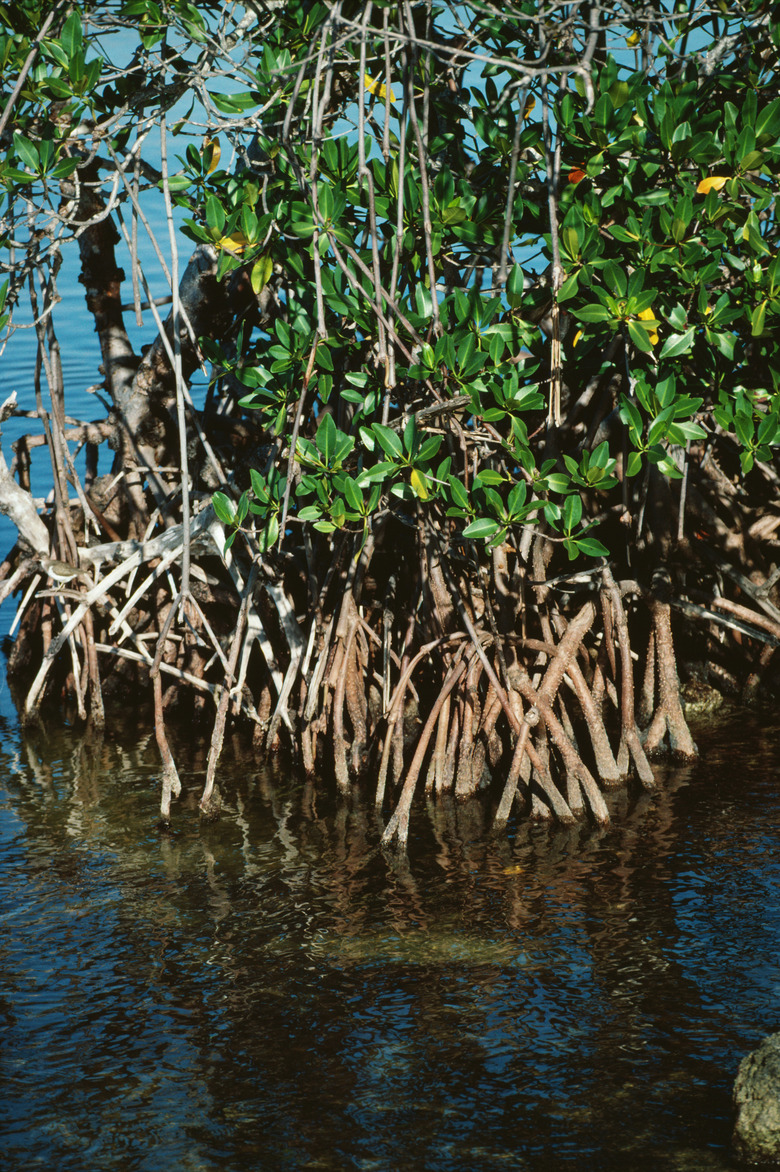Animals In The Mangrove Ecosystem
What is a mangrove swamp? Mangrove swamps are a unique and essential ecosystem used by a wide range of different animal species. Mangrove habitats, which are found in coastal regions throughout the tropics, act as nurseries for hundreds of species of fish and serve as feeding grounds for birds, fish, reptiles and mammals alike.
The Mangrove Ecosystem
The Mangrove Ecosystem
Based around the only plant that can grow directly in salt water, no other ecosystem replicates the mangrove biome. Mangrove trees grow on stilted roots designed for withstanding the daily flooding and oxygen-depleted soil in a saltwater environment. Mangrove adaptations allow these types of trees to singlehandedly create entire ecosystems, collecting sediment, forming new land and supporting numerous animal species in the process.
Mangrove Animals: Birds
Mangrove Animals: Birds
Birds utilize the trees of mangrove swamps for nesting and forage in the rich surrounding waters. Birds of prey, such as osprey and bald eagles, capture fish and sometimes small animals. Wading birds like herons and egrets tiptoe through the shallows, striking their long necks out to snag small fish hiding between the roots. Other species, such as spoonbills and ibis, use their bills to feel beneath the mud for crabs, shrimp and other submerged prey.
Some bird species live almost exclusively in mangrove habitats. For example, the rare Mangrove Cuckoo lives only in mangrove forests in the Caribbean and in southern Florida. Researchers are just now learning more about this bird through research. It's difficult to study this species because it isn't particularly vocal and hides deep within dense branches of mangroves.
Mangrove Animals: Fish
Mangrove Animals: Fish
Different species of fish live within different mangrove systems across the globe. Larger adult fish live in and among the mangrove systems, searching for smaller fish and invertebrates to prey on. Young fish shelter beneath the roots of dense mangrove swamps, hiding from the watchful eye of predators. In fact, so many young fish species use mangroves to survive and avoid predators that scientists refer to mangroves as fish nurseries.
Some of the fish species you might find in mangrove habitats include snapper, sheepshead, grouper, tarpon, gar and red drum. Many threatened or endangered species also rely on mangroves for much or part of their lifespan, including the goliath grouper and the rainbow parrotfish. Additionally, many commercially important species, such as blue crab, also rely on mangroves for their survival.
Mangrove Animals: Mammals
Mangrove Animals: Mammals
When you picture mangroves, you likely picture an aquatic ecosystem flooding with seawater and teeming with fish. It may surprise you, however, to learn that many different mammals utilize mangroves to find food. The playful river otter is quite at home in the water and has mastered the art of catching fish and crustaceans. Raccoons also snatch up errant crustaceans, wading through the shallows using their sensitive paws to find crabs and other invertebrates beneath the mud.
Larger predators, such as black bears and Florida panthers, also range throughout mangrove systems. In fact, researchers rarely spot the remaining 50-60 Florida panthers outside of mangrove systems! This critically endangered cat relies heavily on mangrove swamps, and habitat destruction poses the greatest threat to its continued survival.
Mangrove Animals: Reptiles and Amphibians
Mangrove Animals: Reptiles and Amphibians
Alligators and crocodiles across the globe utilize mangrove habitats. Many species rely heavily on mangroves for their survival, both as a feeding ground and a safe place for their offspring to hide from predators. For example, United States Fish and Wildlife Service recognizes mangrove swamps as a critical habitat for the elusive American crocodile.
Snakes also live in these unique habitats. Some snake species, such as water snakes and moccasins, forage in the water for small fish while others search for prey in the treetops. Lizards and frogs often join them in the treetops, though the amphibious frogs do not venture into the saltwater below. Sea turtles also rely on mangroves as nurseries, using the vegetation as shelter and a place to find food while they are young and vulnerable.
Cite This Article
MLA
Zinni, Yasmin. "Animals In The Mangrove Ecosystem" sciencing.com, https://www.sciencing.com/animals-mangrove-ecosystem-5693/. 30 September 2021.
APA
Zinni, Yasmin. (2021, September 30). Animals In The Mangrove Ecosystem. sciencing.com. Retrieved from https://www.sciencing.com/animals-mangrove-ecosystem-5693/
Chicago
Zinni, Yasmin. Animals In The Mangrove Ecosystem last modified August 30, 2022. https://www.sciencing.com/animals-mangrove-ecosystem-5693/

